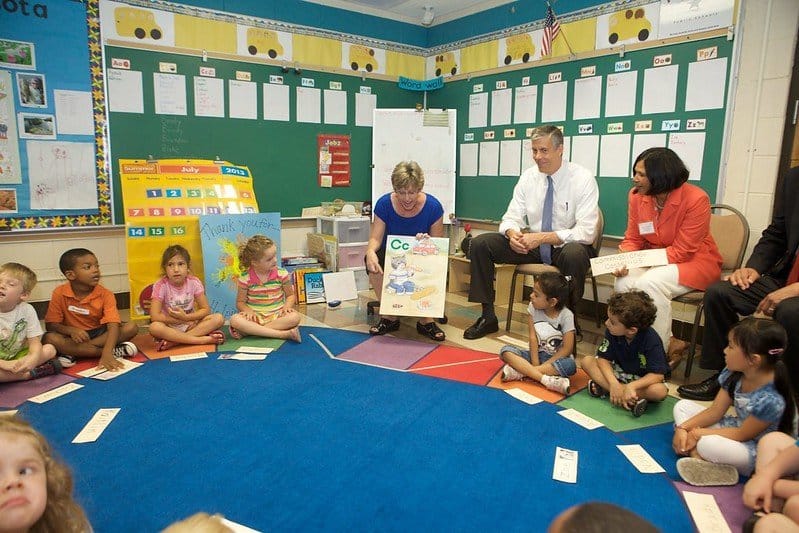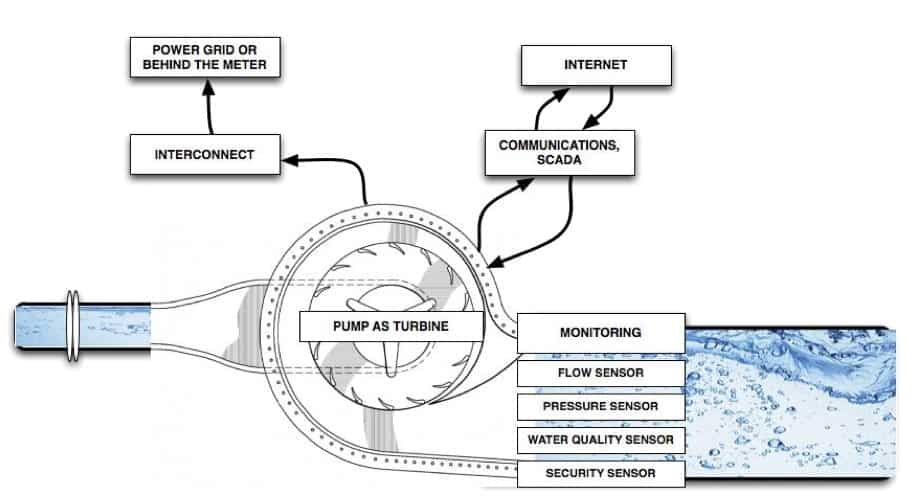Welcome back to The Fixer, our weekly briefing of solutions reported elsewhere. This week: 187 million trees are repairing the shattered summits of Appalachia. Plus, Minneapolis covers the rent for families of homeless kids, and Halifax turns its municipal water system into a hydropower plant.
Coal story, bro
Reforesting is all the rage, but the blasted-off mountaintops of Kentucky hadn’t seen much of it. Strip mined for coal, these summits are often left permanently barren, as trees can’t regrow in the upturned terrain. Not without help, anyway. A story in the Washington Post Magazine highlights the efforts of Appalachian native and “grizzled scientist” Patrick Angel, who, as an employee of the federal Department of the Interior, has led a quiet revolution in the way these mountaintops are treated once the bulldozers depart.
Now, instead of simply being smoothed over, the land is loosened by massive earthmoving machines, after which volunteers descend to plant native trees like chestnuts and oaks. Angel’s post in the government has enabled him to affect systemic change from the inside. Since his efforts began, more than 187 million trees have been planted across the mined mountaintops. And the story only begins there — read about how Angel plans to make these forests a natural resource for uplifting Appalachia’s stagnant economy.
Read more at the Washington Post Magazine
Home schooling
The coronavirus has illuminated an ugly truth about U.S. social services: so many homeless kids get their meals at school that closing those schools could lead to a hunger crisis. The number of homeless American students just keeps growing — last year, there were 1,508,265 homeless kids enrolled in public schools, a 15 percent rise from the 2015/16 school year.

Minnesota has 17,000 homeless public school students alone. To tackle this problem, Minneapolis has launched a three-year pilot program to reduce child homelessness with direct rental assistance to their parents. Families at risk of being evicted can get an emergency one-time cash infusion of $1,500. From there, the program will cover rental costs that go above 30 percent of the family’s income. “This program more than anything else is a source of pride,” Mayor Jacob Frey told Next City, adding that 534 kids have been stably housed or prevented from going homeless since the program launched less than one year ago. “It’s not just empty rhetoric. It’s a plan that’s now attached to both dollars and families that are being helped.”
Grow with the flow
Little known fact: After the September 11th attacks, when electricity was unreliable in New York, technology was developed to generate power from the city’s ubiquitous rooftop water towers. As the water flowed down from the tanks, it would be run through turbines that would act as tiny hydroelectric plants. Today, that technology is being used in a major Canadian municipal water system.

Water flowing through municipal systems travels so fast that it needs to be slowed down before reaching your faucet. Usually this is done with friction-creating devices in the pipelines. A pilot program in Halifax is slowing it down with a turbine instead, which captures the energy released, allowing it to be converted into zero-emission electricity. Since it was installed in 2014, the 31-kilowatt turbine has been producing enough energy to power 25 homes. This power is sold back to the grid, netting revenues of $30,000 annually.
The scale-up potential is enormous. The CEO of Rentricity, the company that manufactures the turbine, says about 75 percent of North American cities have the kind of water systems that the technology could be installed in. “It’s a constantly renewable resource that’s flowing anyway,” said a spokesperson for Halifax Water. In other words, might as well use it.







